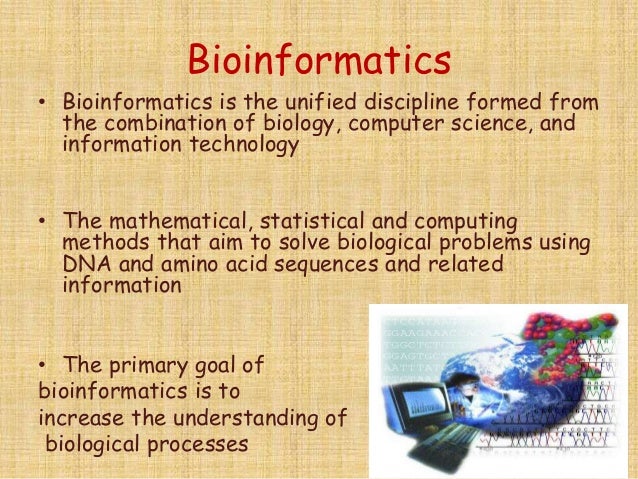

Cost-benefit assessment of pharmaceutical products. ( Avances de Traumatologia, Cirugia y Rehabilitación Laboral y Deportiva.) 1985 15/2. Medical and economical analysis of the heparin antithrombotic prophylaxis versus nonprophylaxis in orthopaedics: A study of 920 traumatic patients. Legal Implications of Practice Parameters. Madrid, Spain: Madrid Doctors’ Association 1995:12–16. III International Medical Pharmaceutical Meeting. Communication in Health Care: Drug Information. Drug information and therapeutic guidelines: A second opinion before prescribing, In: Alloza JL. The formulary decision-making process in a US academic medical center. The formulary process at it relates to drug utilization review, P & T. Helping patients to follow prescribed treatment. Intelligent noncompliance with special emphasis on the elderly. Analysis of narcotic analgesic usage in the treatment of postoperative pain. Sriwatanakul K, Weis OF, Alloza JL, Kelvie W, Weintraub M, Lasagna L.

Aulendorf, Germany: Edilio Canton 1985:57–65. Clinical and Social Pharmacology: Postmarketing Period. Drug utilization review: Guidelines for program development. Lexington, MA: Lexington Books 1983:25–51. Society and Medication: Conflicting Signals for Prescribers and Patients. Drug-utilization review: Moving toward an effective and safe model. The Proceedings of the Sixth International Meeting of Pharmaceutical Physicians. Phase IV: the opportunity and the challenge. (Esludio “natural” sobre el dolor postoperatorio: Una comparación entre dos analgésicos narcóticos estándar.) Pain. A naturalistic study on post-operative acute pain: comparison between two standard narcotic analgesics (morphine and meperidine). A plea for the “naturalistic” study of medicines, Eur J Clin Pharmacol. Incidence and preventability of adverse drug events among older persons in the ambulatory setting. Seger AC, Cadoret C, Fish LS, Garber L, Klelleher M, Baates DW. Gurwith JH, Field JS, Harrold LR, Rothshild J. Aulendorf, Germany: Editio Cantor 1985 38–56. Epidemiological drug surveys in the ambulatory care environment. Attitudes of patients, house staff, and nurses toward postoperative pain. Washington DC: National Bureau of Standards: 1982. The Experiment in Post-Marketing Surveillance of Prescription Drugs: An Initial Status Report. 1980 19:107–111.Įxperimental Technology Incentives Program. Can randomized trials inform critical decisions about individual patients? Lancet. Aulendorf, Germany: Editio Cantor 1985:129–139.Īiloza JL, ed. Basel and Stuttgart: Bikhäuser Verlag 1978 22:10–25. Holism: A social pharmacological approach to drug-seeking behavior. Ann Rev Pharmacol Toxicol, 1982 22:643–661.īlum K, Briggs AH, Cull JG. New York, NY: Oxford University Press 1977 80–87. Psychopharmacology: From Theory to Practice. Stanford, CA: Stanford University Press: 1964: 127–137.īarchas PR, Barchas JD. Psychobiological Approaches to Social Behavior. A proposed program of research in sociopharmacology. This report seeks to describe these new relationships, suggest integrative methodologies, and identify critical public policy issues. Application of evidence-based treatment guidelines measures of drug utilization in both individual patients and in populations safety assessments and use of quality assurance tools, including formularies, are among the tools used to direct and evaluate product use. Thus, social pharmacology brings together a broad collection of disciplines pertaining to evaluating the efficacy, safety, effectiveness, compliance, self-medication, and consumption of economic resources associated with the use of pharmaceutical products. Physicians, pharmacists, nurses, biologists, epidemiologists, and economists, together with lawyers and regulators, insurance specialists, and communications specialists all contribute to this broader assessment of drug use. Building on the foundation provided by clinical research, this discipline encompasses the multiple dimensions associated with “real world” use of drugs during the postmarketing period. More recently, a broader concept of drug use, social pharmacology, has attracted growing interest and recognition. Traditionally, knowledge about drug mechanism of action and clinical use was derived largely from studies conducted by clinical pharmacologists and therapeutic specialists.


 0 kommentar(er)
0 kommentar(er)
